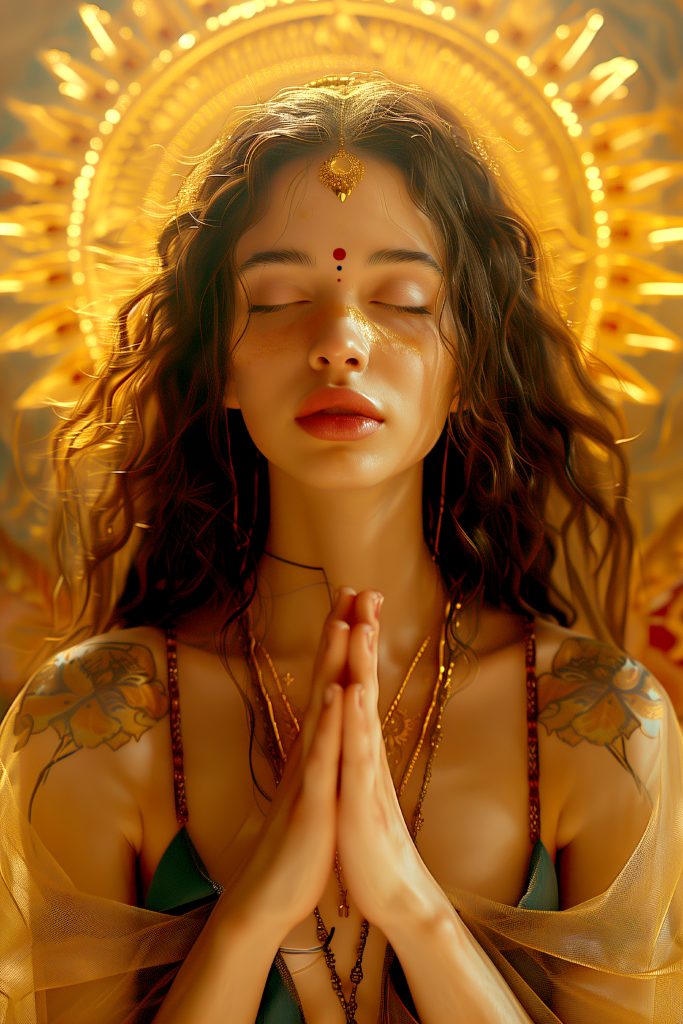Hidden deep within the esoteric teachings of Tantra lies a story that transcends mythology, religion, and even human understanding. It is not merely a story from ancient texts, but a living reality that resonates at the core of creation itself. The union of Shiva and Shakti is more than a symbolic embrace. It is the dynamic interplay of consciousness and energy, the masculine and feminine principles that form the very structure of existence. This union speaks of something eternal and transformative, a balance that must be experienced rather than merely understood.
For seekers on the Tantric path, understanding this sacred union is not optional. It is foundational. But how does one begin to comprehend a relationship that is cosmic in scale, subtle in nature, and yet deeply personal in its implications? To find out the truth about Shiva and Shakti, you must step into a world where spirit and matter, silence and sound, stillness, and movement become one. It is here that the teachings of Tantra invite us, offering not just knowledge, but awakening.
The Philosophical Roots of Shiva and Shakti
At the core of Tantric philosophy is the concept that the universe is born from, sustained by, and ultimately dissolves back into a unified field of consciousness and energy. This field is personified as Shiva and Shakti. Shiva represents the static, unchanging consciousness, the eternal witness. He is pure awareness, unmanifest and formless. Shakti, in contrast, is dynamic, ever-changing, and creative. She is the force behind all movement and manifestation. Together, they embody the dual aspects of the same reality.
The significance of this pairing is not just in their roles as deities, but in what they symbolize within the cosmos and within each individual. Tantra teaches that everything we see, touch, and experience is an expression of Shakti, but none of it could exist without the silent presence of Shiva. Just as electricity requires both a positive and negative charge to flow, existence requires both consciousness and energy. When the two are in harmony, creation unfolds.
Beyond the Myth: The Inner Alchemy of Tantra
Traditional stories often portray Shiva and Shakti as lovers, meditating together in the Himalayas, dancing with unrestrained abandon, or merging into one form as Ardhanarishvara. These myths, though powerful, are not meant to be taken literally. They serve as metaphors for the inner union that Tantra seeks to cultivate within the practitioner. The path of Tantra is not about external worship alone. It is about experiencing the sacred dynamics of Shiva and Shakti within one’s own body and consciousness.
Tantric practices often involve breathwork, visualization, sound, and movement, all designed to awaken the dormant energies within. Shakti is said to reside as Kundalini energy at the base of the spine. When aroused and guided through the chakras, she seeks union with Shiva at the crown. This inner journey mirrors the cosmic dance of creation. The result is not just spiritual insight, but a profound transformation of the self.
The Role of Shiva and Shakti in Daily Life
Although these concepts may seem abstract or otherworldly, Tantra emphasizes the integration of the sacred into everyday life. Shiva and Shakti are not confined to temples or rituals. They are alive in every moment of awareness, every act of creation, and every expression of love and stillness. In fact, Tantra urges practitioners to view the world itself as sacred, because it is the living play of these two forces.
When a person cooks a meal, sings a song, nurtures a child, or simply observes their thoughts in meditation, they are engaging with Shakti and Shiva. Awareness of this interplay brings depth to ordinary experiences. It turns mundane routines into opportunities for spiritual growth. Shiva and Shakti are not abstract principles. They are the heartbeat of reality, and recognizing them can transform the way we live, relate, and evolve.
Sexuality, Sacredness, and Misunderstanding in the West
One of the most controversial aspects of Tantra, particularly in the West, is its association with sacred sexuality. While some branches of Tantra do include sexual practices as a path to divine union, this is only one part of a much broader tradition. Unfortunately, the popularized version of Tantra often reduces it to sensual pleasure, missing the deeper spiritual framework.
In authentic Tantric systems, sexuality is seen as a sacred expression of Shakti and Shiva coming together. It is not about indulgence, but about transformation. Through conscious union, practitioners can transcend the ego, dissolve separateness, and taste the divine. However, these practices require discipline, intention, and spiritual maturity. When misunderstood or taken out of context, they lose their power and meaning. True Tantra is not hedonism. It is devotion to the sacred in all things, including the body.
The Relevance of the Union in Modern Spirituality
In today’s fragmented world, the teachings of Shiva and Shakti offer profound relevance. Many spiritual paths prioritize transcendence, focusing solely on the higher realms, the formless, or the abstract. Tantra, however, affirms both the transcendent and the immanent. It celebrates the divine not only in meditation or prayer, but also in relationships, emotions, and earthly experiences. This balanced approach is especially crucial now, as people seek wholeness in the midst of rapid change and disconnection.
The sacred union reminds us that true spirituality is not about denial or escape. It is about embracing the full spectrum of life. Shiva without Shakti is inert. Shakti without Shiva is directionless. Together, they form a complete and living truth. Whether one is on a path of devotion, knowledge, or self-inquiry, understanding this union deepens the journey.
Conclusion
To grasp the sacred union of Shiva and Shakti is to enter a space where boundaries dissolve and the soul remembers its source. This is not just a topic for intellectual discussion or philosophical reflection. It is a lived experience, an inner awakening, and a call to integrate the divine masculine and feminine within. The path of Tantra is not about worshipping distant gods. It is about embodying the sacred here and now.
As you walk through life, observe how these forces appear in your breath, your thoughts, and your choices. Feel Shakti’s dance in your passions and creativity. Sense Shiva’s presence in your stillness and clarity. Their union is the pulse of the universe. Through Tantra, it can become the heartbeat of your own transformation.

